9 Grey’s Anatomy Cases That Happened In Real Life

Aside from the riveting personal lives of the doctors on the show, Grey’s Anatomy is known for the unique medical cases it presents, some of which are based on real-life occurrences. The show features a number of talented doctors as they navigate their high-stakes surgical careers, complicated hospital politics, and unprecedented medical cases. Running for 19 seasons and counting, the show has created so many unique storylines that it can be puzzling to contemplate how writers could have possibly come up with all of them.
Although the show has made some major changes during its long run, one thing has remained consistent from season 1 up until Grey’s Anatomy season 19. That is the inclusion of interesting medical cases that keep audiences on the edge of their seats as they wait to learn of the patient’s fate. ABC’s long-running and award-winning medical drama often features fictionalized cases, designed to captivate audiences and make for thrilling episodes. Sometimes, though, the most interesting stories can come from real life. Here are nine Grey’s Anatomy storylines that were based on real situations, noting that they were fictional, often exaggerated cases that were only inspired by real-life occurrences.
9.A Little Girl Who Could Not Feel Any Pain
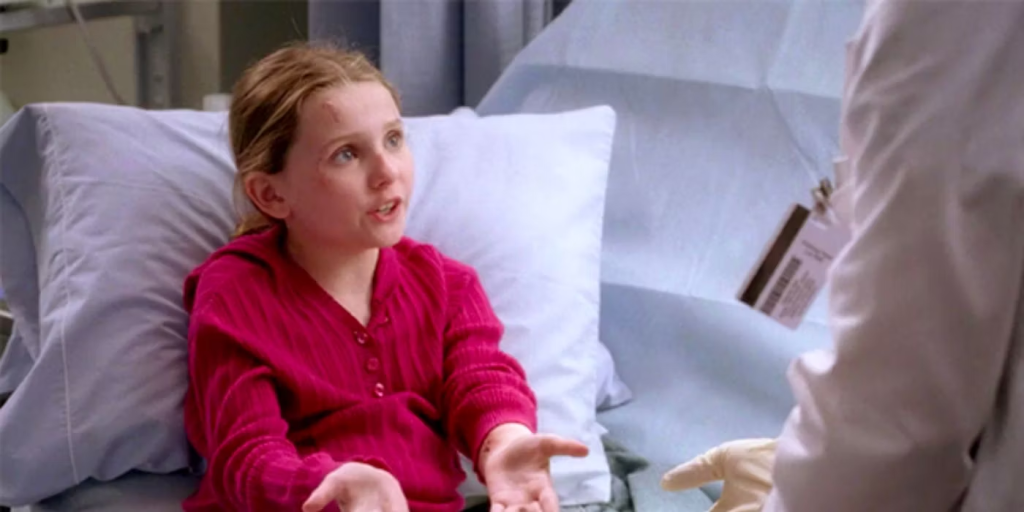
Grey’s Anatomy, season 3, episode 3, “Sometimes a Fantasy” follows a young girl who believes she has superpowers because she cannot feel any pain. She is ultimately diagnosed with congenital insensitivity to pain with anhidrosis, also known as CIPA. In an interview with Entertainment Weekly, an executive producer for the show named Zoanne Clack confirmed that the story was inspired by a case in a medical article. After reading about this condition, the writers wanted to see how far the doctors were able to go with this little girl’s pain management and the different ways she would be able to be injured to later adapt it into a story.
8.Richard Webber’s Cobalt Poisoning
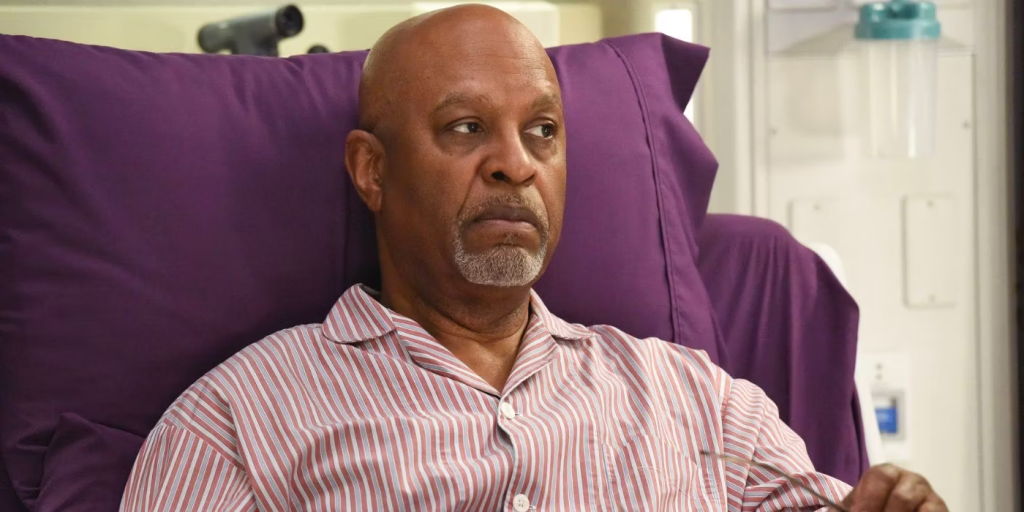
In Grey’s Anatomy, season 16, episode 21, “Put On A Happy Face”, viewers witnessed Richard Webber acting very different from usual, with signs pointing to him having Alzheimer’s. Meredith and DeLuca are not convinced by this diagnosis, however, and after a blood test, it is confirmed that Webber actually has cobalt poisoning from a previous hip replacement. Cobalt poisoning is a real, though, rare thing that can happen to people who have gotten hip replacements. Showrunner, Krista Vernoff, confirmed to Deadline that she used this diagnosis because it allowed writers to give Webber all sorts of symptoms without having to “permanently disable his character.”
7.April’s Baby Having Osteogenesis Imperfecta
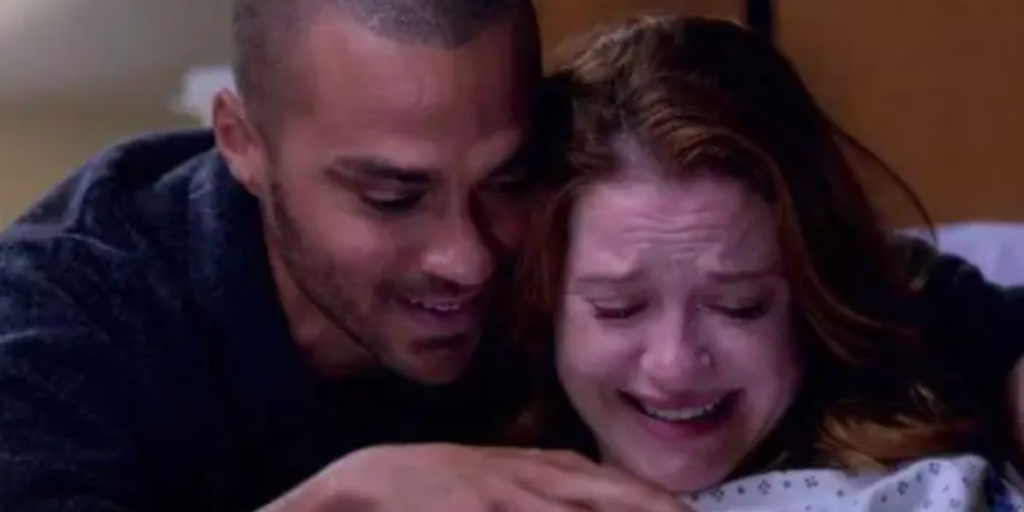
One of the most heartbreaking storylines of the show came in season 11, episode 11, “All I Could Do Was Cry”. April learned that her unborn baby had osteogenesis imperfecta, a genetic bone disorder that is present at birth and can cause bones to fracture easily. In an interview with The Hollywood Reporter, Sarah Drew who plays April shared that this emotional case was based on her family friend’s experience. She said that when she found out that April was pregnant, she told the creator of the show, Shonda Rhimes, that they needed to incorporate the story of what happened to her friend.
6.The Santa Claus With Cyclic Vomiting Syndrome

Grey’s Anatomy, season 9, episode 6, “Second Opinion” follows an unhoused Santa Claus who comes into and is initially suspected to be trying to get drugs. It turns out that he had cyclic vomiting syndrome, which is a condition that can cause sudden and repeated attacks of nausea and vomiting. This case was based on the actress who plays Miranda Bailey, Chandra Wilson, experience with her own daughter who has the syndrome. She told People that her daughter would get awful bouts of vomiting and terrible abdominal pains, and it was hard for doctors to diagnose her.
5.Meredith’s Mini Livers
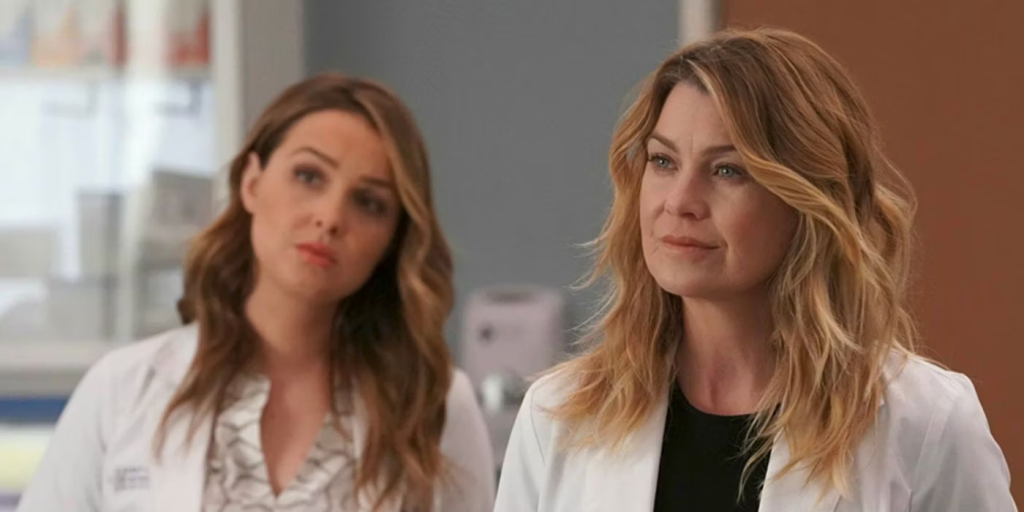
One of the most interesting and innovative things that Meredith did on Grey’s Anatomy was her work to generate “mini-livers” by utilizing lymph nodes. It was later discovered that this innovation was inspired by a faculty member at the University of Pittsburgh’s McGowan Institute for Regenerative Medicine. The faculty member, Dr. Eric Lagasses, had been working to create an ectopic liver in the lymph node.
4.Miranda Bailey’s 12-Person Domino Transplant Surgery

In Grey’s Anatomy, season 5, episode 5, “There’s No I in Team”, Bailey leads a team of surgical residents and interns in a “domino surgery”, which is where 12 different kidney transplants will occur in six operating rooms at the same time. Although this was not a feat that had been attempted before the episode aired, it did happen shortly after. In 2009, a year after the episode aired for the first time, John Hopkins led the first-ever 12-patent “domino donor” kidney transplant. The transplant occurred across multiple centers and states and involved six donor-recipient pairs.
3.Meredith’s New Alzheimer’s Theory
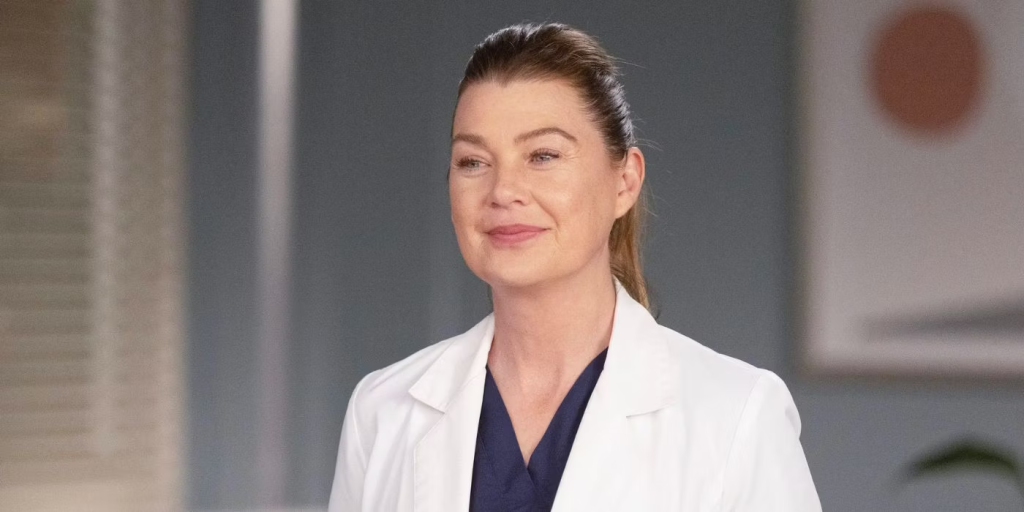
In Grey’s Anatomy season 19, viewers learn of the newest step in Meredith’s career timeline in Grey’s Anatomy, her controversial Alzheimer’s research. She has a hypothesis that goes against most of the medical community who believe that the disease is associated with the amyloid plaque in the brain. In 2006, a neuroscientist named Sylvain Lesné led research about the amyloid beta protein forming sticky plaques in the brain and causing autism. This theory became quite influential in the study of Alzheimer’s, but it has since come out that this may not be true and that Lesné’s findings could have been fabricated.
2.A Man Who Grew Tree-Like Warts
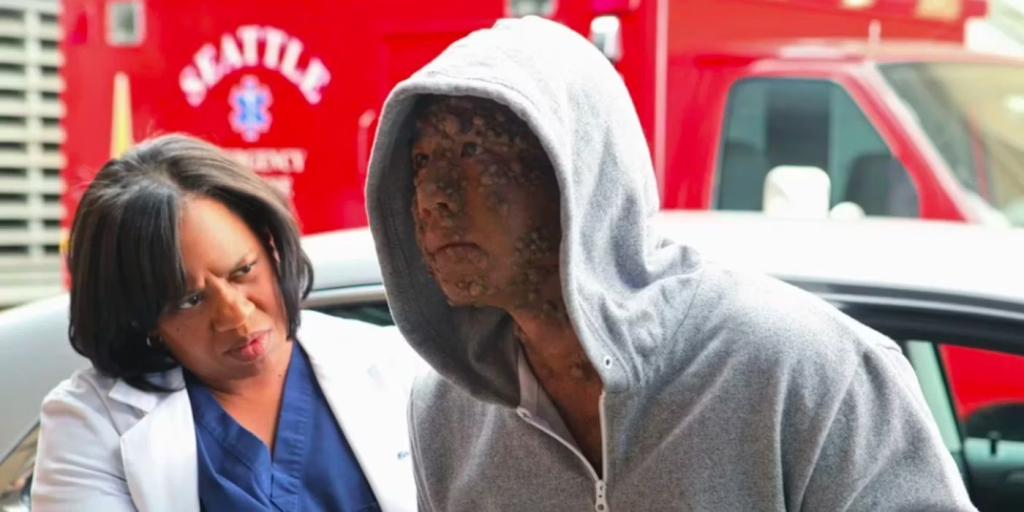
Grey’s Anatomy season 7, episode 3, “Superfreak” has a patient who is suffering from a case of untreated HPV that leads him to grow tree-like warts. Clack confirmed in the Entertainment Weekly interview that the situation was based on a real case of a little boy who had the same warts. After seeing a lot of footage about the boy and talking to experts, the writers decided to include a similar story. The true story happened because the little boy was living in a remote village. That’s why the character lived a reclusive life, making it understandable that he had not gotten treatment.
1.A Woman Who Has Spontaneous Orgasms

In Grey’s Anatomy, season 2, episode 18, “Yesterday” a patient is presented to Izzie who has spontaneous and involuntary orgasms. This is not something that Grey’s Anatomy writers made up, as it is a real thing called Persistent Sexual Arousal Syndrome. Clack shared with Entertainment Weekly that this was another case that the writers had seen in a journal article. They had tried to fit it into episodes prior to season 2, but it didn’t feel like the right fit until “Yesterday”, as the case was able to lead to Izzie and Alex hooking up.
Sources: Various.
